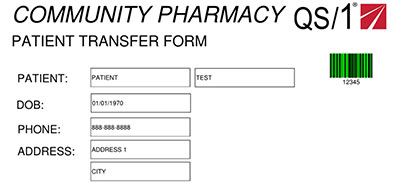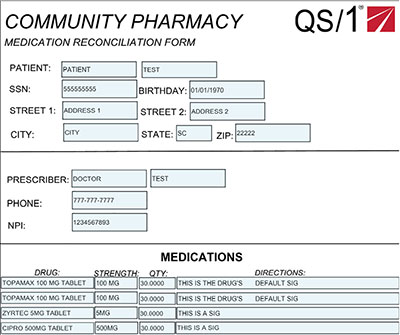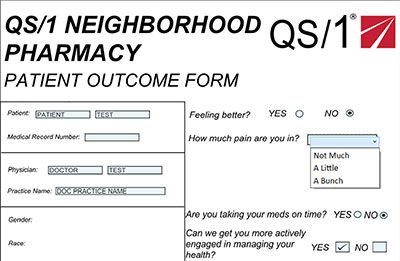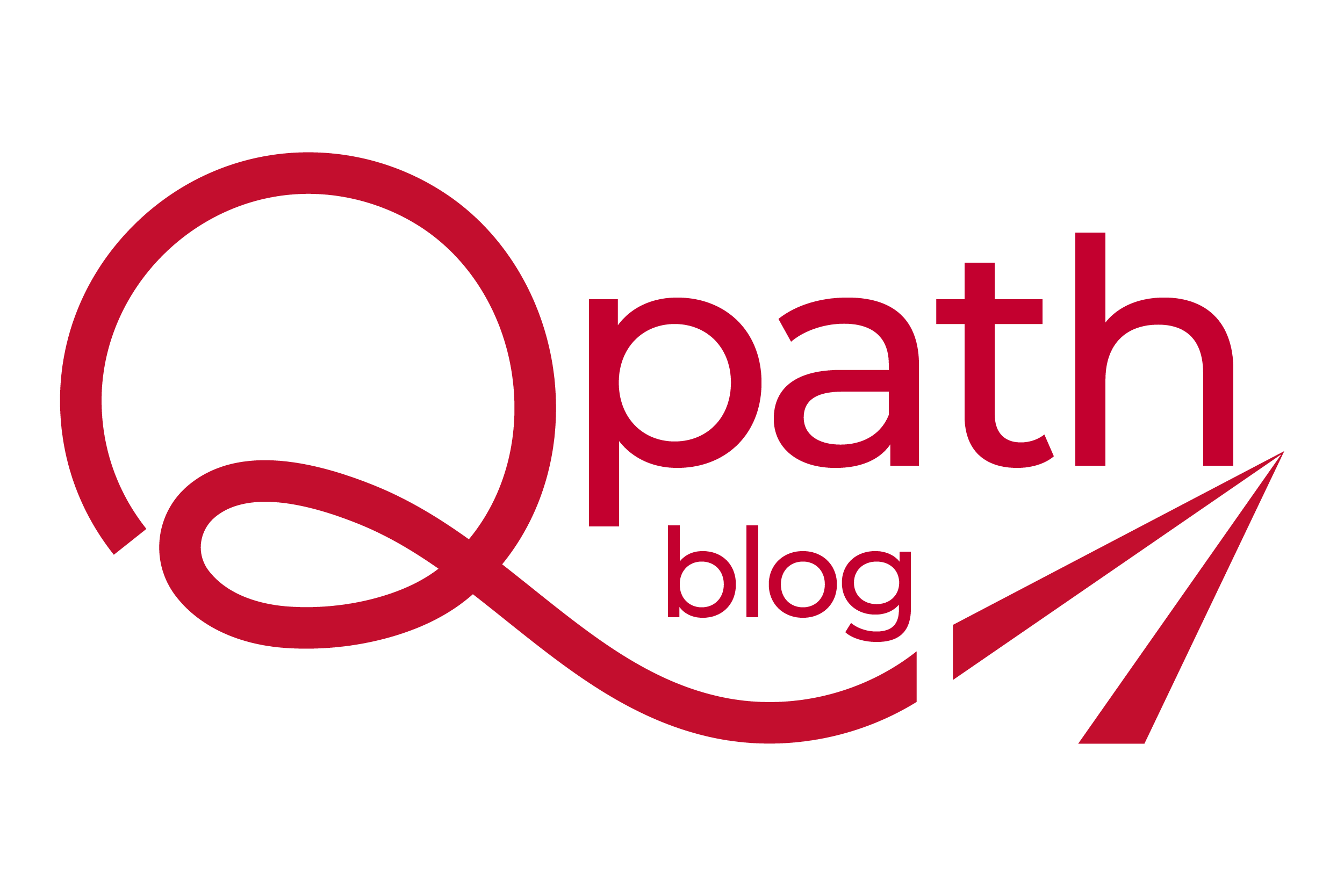I remember my dad taking me to watch the Atlanta Braves play the St. Louis Cardinals. I’ll never forget the Cardinals making their arrival, because their shortstop – Ozzie Smith – took the field with a trot, a cartwheel and a backflip. If a back flipping shortstop doesn’t make your heart race, you may not be a baseball fan. Theatrics aside, shortstops are exciting because they are often defensive captains whom others take cues from, the link between the infield and outfield and the second base ghost that keeps runners honest. Similarly, pharmacists are becoming the captains of the patient healthcare team: implementing patient care plans; connecting healthcare team members, patients and family members with meaningful assessments and therapy data; keeping conditions in check and intervening when necessary.
Pharmacists are at the center of patient healthcare, and this increases the need for them to skillfully and quickly document information. Reducing hospital readmission rates has a lot to do with pharmacists taking ownership of and promptly implementing a patient care plan after patients have been discharged. Pharmacists that don’t have access to tools that allow them to expeditiously receive and review patient care plan documentation are like shortstops without gloves.
QS/1 Document Management (QDM®) enables pharmacists to manage documents and review discharge documentation posthaste. Routing rules can be set up, so documents faxed from healthcare team members are automatically routed to the appropriate queue. These can be set up for barcodes, fax sender ID and the email address of the sender. Queues are simply buckets that contain documents similar in nature. You can set up any number of queues, and name them whatever you want. A queue can be designated as the default for all inbound documents, and routing rules can be set up to forward inbound documents to other queues.
QDM can read almost any type of barcode, but the ability to route depends on the clarity of the document’s barcode. Either the fax sender ID or fax number can be used to route documents. The fax sender ID is whatever the sender has programmed into the fax machine, which is free text; this value prints at the top of every fax sent. It’s worth noting that an asterisk can be used to abbreviate the fax number. For example, if you receive information from QS/1 Hospital on a regular basis, and its fax number is 864.253.5555, you can assign *864-253-* as the fax sender ID when setting up a routing rule. Then any fax you receive that contains 864-253- as part of the fax sender ID will be routed to the queue associated with that routing rule. Keep in mind that fax machines aren’t always set up with a fax sender ID that contains the fax number. In those cases, use all or part of the fax sender ID. Rather than using traditional fax communications, QDM uses cloud faxing when receiving and sending documents.

QDM can receive documents via standard email, so make sure inbound documents that contain protected health information (PHI) are sent via cloud fax. When QDM receives an email with an attached document, the document is routed to the default queue unless a routing rule associated with the sender forwards it to another queue. Similar to fax sender IDs, an asterisk can be used to push all emails sent from a particular domain to a specific queue. For instance, you can assign *@businessreports.com as the value for an email sender type of document routing rule, and any document attached to an email received from any email address associated with the domain businessreports.com will be forwarded to the queue associated with that routing rule.

QDM allows pharmacists to customize forms to help patients and family members better understand diseases, communicate action plans, manage expectations and document appointments. After discharge, beginning medication reconciliation and commencing medication therapy for patients are two things pharmacists should do without delay. Pharmacists are uniquely positioned to ease transition of care. According to an article in America’s Pharmacist, it just calls for a more thorough approach. Education about new disease states, medications and treatment plans can be overwhelming for patients and caregivers, especially toward the end of a long hospital stay. However, without solid patient understanding, there is only a small likelihood of improved outcomes (in this case, reduced readmissions). Community pharmacists can leverage their existing relationships and skills at quickly building rapport with these patients to provide discharge education in a way that very few members of the hospital team can emulate. Any existing awareness of the patient’s housing status, their family or caregivers, their attitudes or beliefs about medications and their overall health can help a pharmacist cater education to the patient’s specific situation, instead of educating uniformly for all patients with a similar disease.1

Over time, therapeutic progress can be tracked, and non-clinically trained pharmacy staff can gather meaningful clinical information by documenting patient feedback using controls available with QDM’s forms. These QDM tools include radio buttons, checkboxes and drop-down text boxes; they can be used to document responses from patients concerning either therapeutic progress or general well-being. Radio buttons are typically used to document answers to dichotomous questions. Checkbox controls can be used to document all answers that apply to one question. Drop-down boxes can be used to document a single answer to a multiple-choice question. This documentation can be reviewed later by clinical pharmacists to determine if intervention is required and quickly faxed to providers to conclude if therapy modification is necessary.

QDM is a document repository. Documents can be associated with different records in the NRx® Pharmacy Management System. Those who use the system can create any form for any reason. They can even market their brand by putting their logo on the forms. Additionally, forms can automatically populate with data from NRx records. QDM is also a communication tool that enables pharmacists to engage partners on the patient’s healthcare team in a more meaningful way. Pharmacists are increasingly playing a bigger role in managing the overall health outcomes of patient populations. In order to improve the lives of patients, ease transition of care and reduce readmit percentages, they must heighten efforts to collaborate with clinics, physicians and other healthcare providers. QDM can assist with the process.
Leo Durocher, who played for the Yankees and Reds, said, “Nobody ever won a pennant without a star shortstop.”2 Similarly, no healthcare team can continuously make a difference in the lives of patients without an all-star pharmacist with access to game-winning tools.
Sources:
1 Day, Kevin, Pharm.D. “Coordination & Continuity Required.” America’s Pharmacist. June 2016. Web. 2 Dec. 2016. http://www.americaspharmacist.net/issues/APJUN16-TOC.pdf
2 “Leo Durocher Quotes.” Baseball Almanac. Web. 8 Dec. 2016. http://www.baseball-almanac.com/quotes/quoduro.shtml

Comments (0)